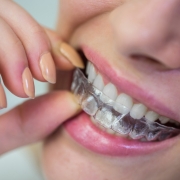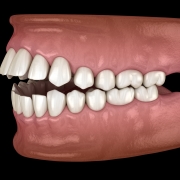Frequently Asked Questions About Orthodontics for Teens
Have you been told that your teen needs to wear braces? You and your child might have many questions about this, including what to expect and how long they’ll need to be worn. At Hockenberger Orthodontics, our orthodontists in Norton, OH, understand that you’re looking for more info on this treatment. That’s why we’re offering the following commonly asked questions and answers about orthodontics for teens!
Why Might Teens Need Braces?
We might recommend this treatment if your child has an underbite or overbite. These bite problems can cause problems in their everyday life, such as speaking or chewing difficulties. Some teens may need orthodontics if they have missing permanent teeth or if their teeth are crowded.
What Happens When You Get Braces?
This depends in part on the type of braces. With traditional ones, this process generally includes cleaning your teeth, gluing brackets on, putting the bands on, and connecting the archwires. Afterward, you’ll typically need to wear retainers.
How Long Do Teens Need to Wear Braces?
This varies, depending on what’s being treated and other factors. Some teens may only need to wear braces for a year. But others might need to have them on for a couple of years. Taking care of braces also helps keep the treatment time shorter overall.
Are All Braces the Same?
No, we offer different types of braces for teens to choose from. These include all of the following:
- Conventional metal braces
- Ceramic braces
- Lingual braces
- Invisible braces
Visit Our Orthodontists in Norton!
Does your teen need braces? At Hockenberger Orthodontics, we provide orthodontics for teens in Norton, OH, including braces in different styles and types. Set up a visit, so we can get your teen started with orthodontic care for a healthier smile!







